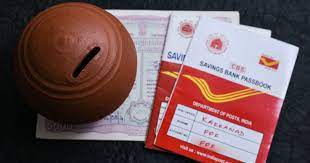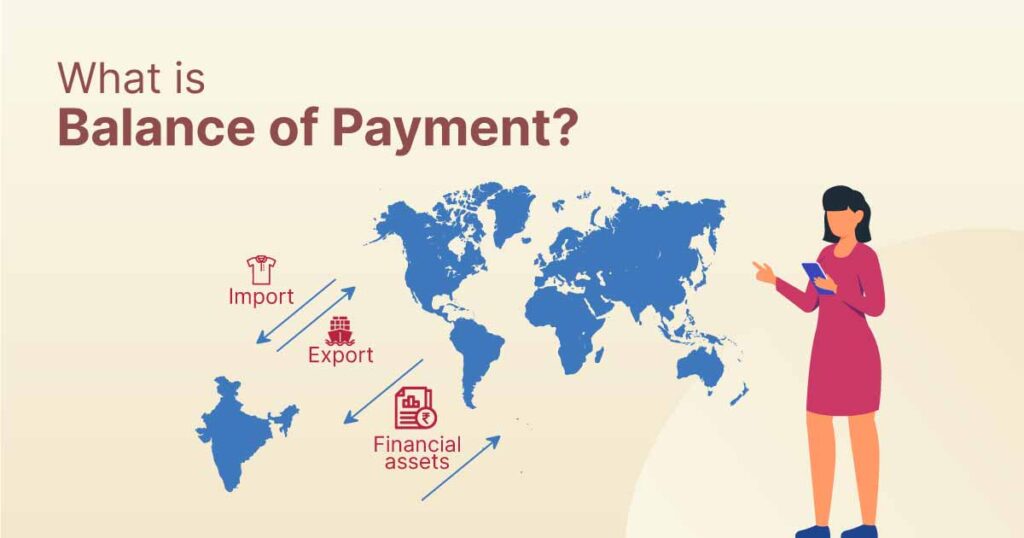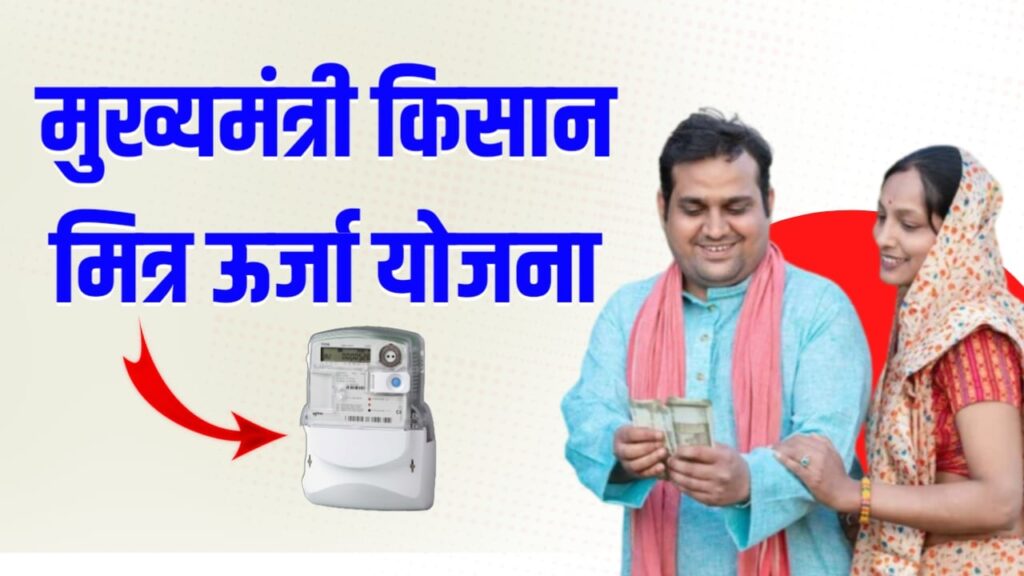Post Office Recurring Deposit Scheme
post offices offer several financial services to their customers in the form of savings schemes and life insurance. Typically, a post office RD is among the most popular savings alternatives to traditional fixed deposits and other long-term schemes offered by post offices. Post office Recurring Deposits have become the most preferred instruments when compared to banks. One of the reasons behind its popularity is the attractive interest rate one can earn on them and a great profit upon maturity. The post office RD interest rates are revised in a proper interval and and the current interest rate is 6.50% p.a. The interest is compounded quarterly which enables the money deposited to multiply till the maturity time. Post Office Investment-Savings Schemes The Post Office Saving Schemes include several reliable products and offer risk-free investment returns. Around 1.54 lakh post offices spread all over the country operate these schemes. For example, the government operates the PPF scheme via 8200 public sector banks and post offices in each city. These investments are government-backed and thus provide guaranteed returns. Investments in post office schemes help to create a corpus for emergency purposes and achieve goals. They also offer tax benefits up to Rs.1.5 lakh under Section 80C of the Income Tax Act. The various schemes offered by the post office are discussed below. Post Office RD Interest Rates 2024 Tenure RD Rates for General Citizens RD Rates for Senior Citizens 5 years 6.50% 6.50% Features of Post Office RD Scheme The interest rate provided by the Post Office on RD is 5.80% p.a. compounded quarterly. The tenure of a post office RD is 5 years The minimum deposit to be made in an RD account is Rs. 10 per month There is a rebate provided on advanced deposits of at least 6 months There is no cap on the upper limit, provided it should be in multiples of 5 The Post Office RD account can be transferred from one post office to another A joint account can be opened by two persons The penalty for missing a deposit is charged as 5 paise for every Rs. 5 How to Calculate Post Office RD Returns? The sum of interest offered on a Post Office Recurring Deposit follows the compounding principle. It uses the compounding interest formula mentioned below to calculate the sum of interest. A= P x (1+R/N) ^ (Nt) Here, A= Maturity Amount P= Recurring deposit N= Number of times the interest is compounded R= Rate of interest t= Tenure For example, Mr. G invests Rs. 6,000 into his PORD at the rate of 7.2% p.a. for 60 months. The sum accrued at maturity would stand at – A= P x (1+R/N) ^ (Nt) = Rs. 4,33,883 Components of the RD Interest Rates in Post Office 2024 Tenure Unlike the recurring deposit at banks, post office RD tenure is fixed, i.e. 5 years. Most people open an RD account to use it as immediate support in case of any inevitable emergency in the coming years making it an instrument being used as a medium-term investment option. Presently, an RD account in a Post office has a minimum tenure of 5 years, which means one needs to ensure that his/her account is active during this period. If one wants to continue with the RD account even after 5 years, there is a provision for the same under which the RD can be extended to 5 more years making the maximum tenure is 10 years. Minimum and Maximum Deposit A recurring deposit is one of the most preferred investment tools to earn good returns on your monthly investment. The minimum deposit is kept very low to ensure that it’s under the budget of people who are often skeptical about the deposit amount and rate of interest. As per the post office RD rules, the minimum deposit is Rs. 10 per month and the maximum deposit has got no limit. One can increase the deposit amount in multiples of Rs. 5, ensuring that they invest whatever amount is feasible. Dates of Deposit A post office RD requires a total of 60 deposits during the tenure, i.e. one deposit every month for 5 years. The first deposit is made when the user opens the account following the subsequent monthly deposits to be made on or before a particular date, depending on the date the account was opened. Coming down to the exact dates, individuals who open their account between the 1st and 5th of a month must make the monthly deposits every month for the next 5 years. Accounts opened after the 15th of a particular month are needed to make the payments between the 16th and the last day of subsequent months. For making deposits, one can use the model of demand draft, pay order or a cheque. Penalties on Delayed RD Deposits A post office RD allows the account holder with a maximum of 4 such defaults; in case he/she fails to make the 5th monthly payment in his/her account, the account becomes inactive (discontinued account). Such discontinued accounts can be revived within 2 months of the 5th default. According to the post office RD rule, a default penalty of 5 paise is charged for every 5 rupees which are going to be deposited in the account. The bank charges this fine to be paid in addition to the previously missed deposit amount in order to activate the account. Post Office RD Rebate To lure people into depositing money in advance, a rebate on advance deposits is provided by the post office RD. The rebates might not sum up to a big amount but can contribute to saving a considerable amount for other purposes. Comparison of Interest Rates of Various Post Office Savings Schemes Scheme Interest Rate (Applicable from 01/04/2024) Minimum Investment Maximum Investment Eligibility Tax Implications Post Office Savings Account 4% per annum (p.a.) Rs. 500 No limit Resident Indian, minor(above 10 years) and major Tax-free interest up to Rs 50,000 for senior citizens Post Office
Post Office Recurring Deposit Scheme Read More »



